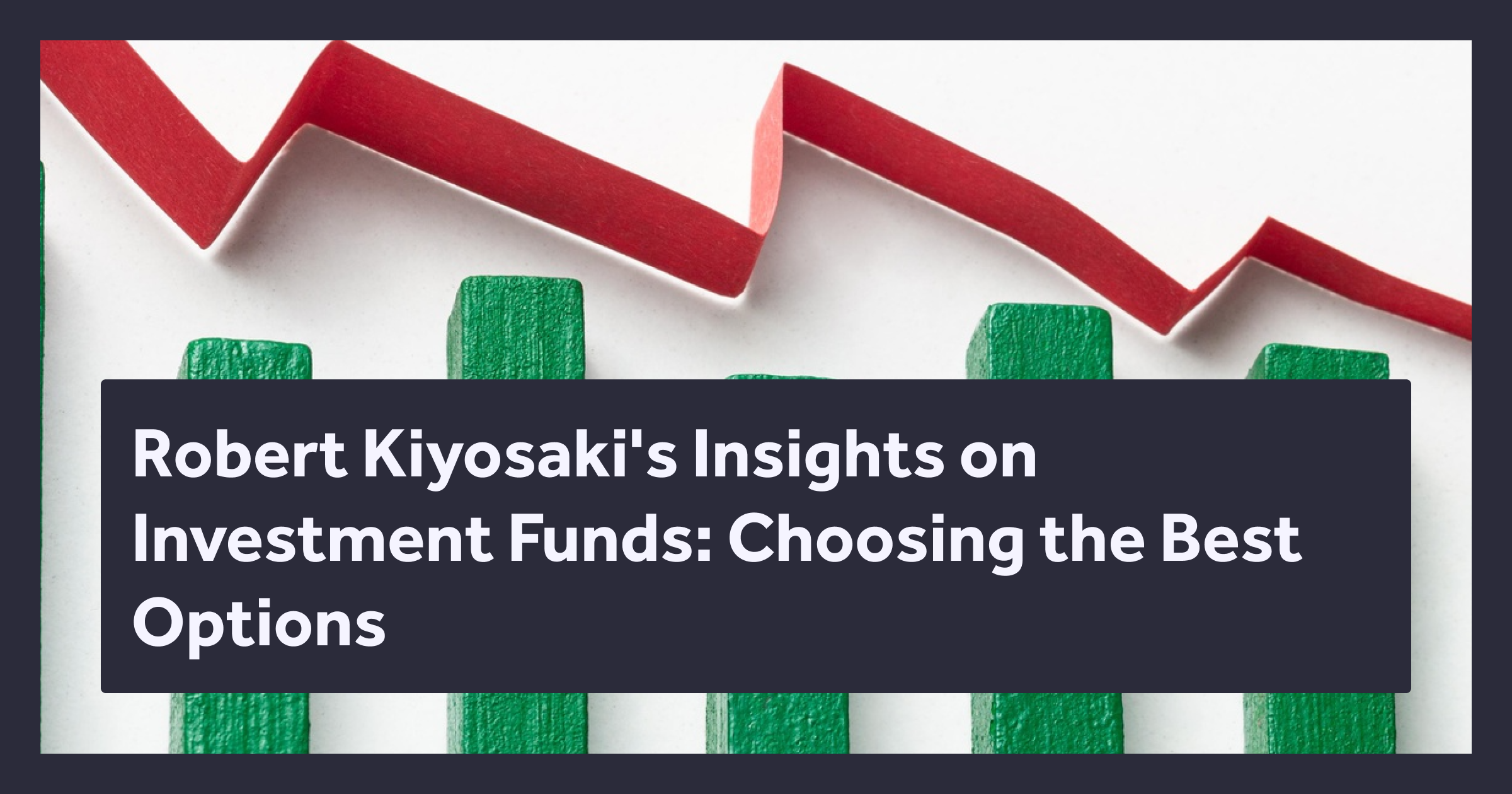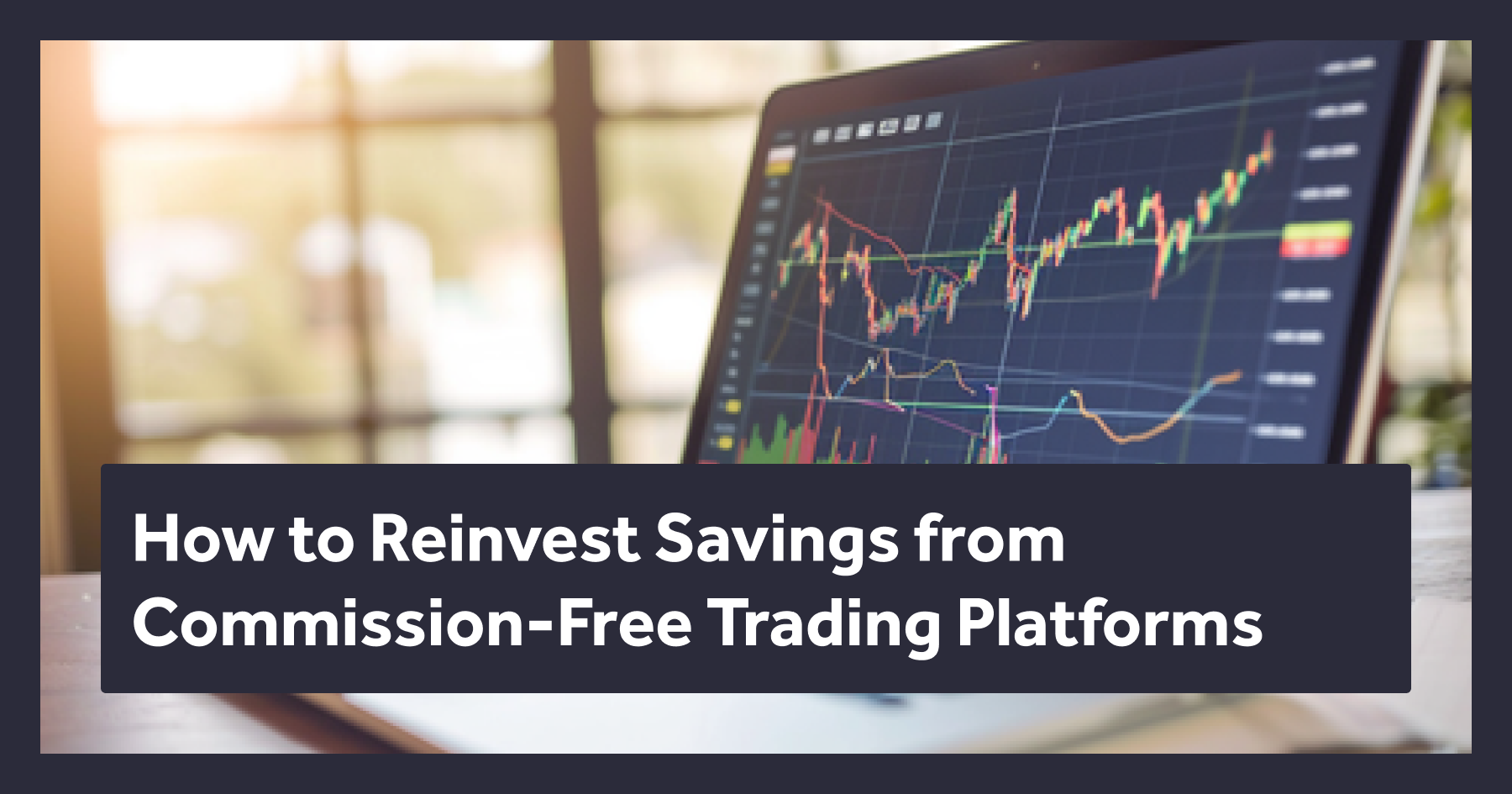
Investing has taken a whole new dimension with the rise of cryptocurrencies. While some investors are intrigued by the potential returns and the innovation these digital assets bring to the table, others are wary due to their volatility and nascent nature.
If you're in the struggle of understanding cryptocurrency investments, you're not alone. This article aims to unpack the differences between cryptocurrencies and traditional investments in terms of risk, returns, and potential growth.
1. Market Participation
As with any investment category, understanding who is participating in the market can provide valuable insights. From a report by JPMorgan Chase, it was found that lower-income individuals have generally entered the crypto market later and at higher prices compared to higher income earners. Indeed, higher income earners making $100,000 or more annually are disproportionately represented among crypto investors, representing 25% of owners, though they make up just 15% of the general public.
In contrast to traditional markets, cryptocurrency has seen a surge in interest from the younger population. A survey by the Pew Research Center found that 43% of men aged 18 to 29 have invested in, traded, or used some form of cryptocurrency. Its use is most popular among young adults, with 31% of people aged 18 to 29 participating, whereas in other age categories, the participation significantly declines.
2. Market Size & Volatility
Crypto vs. Traditional Market Size and Performance
To compare the scope of crypto investments to that of traditional ones, it’s vital to consider market size. By the end of 2021, the total value of the crypto market was only $2.6 trillion, amounting to just 2.5% of the far larger equity or stock market. Despite its size, the crypto space is incredibly volatile and can observe immense fluctuation in value within a short span of time.
Traditional markets, such as physical commodities, carry substantial weight as well. Take gold, for example, a market valued at $9 trillion, or diamonds and silver, which command a market size of $1.2 trillion and $1.1 trillion, respectively.
Correlation to Risk Assets
Individual asset correlation is another crucial factor in constructing a diversified investment portfolio. Interestingly, Bitcoin shows a positive correlation to risk assets, such as stocks, bonds, and commodities, and it is, however, negatively linked to the US dollar. This observation highlights the potential role Bitcoin may play as a diversification instrument in a traditional portfolio.
3. Institutional Involvement
Despite the risks associated with their nascent nature, cryptocurrencies have drawn considerable attention from institutional investors. A major shift is noticeable in the investment landscape, with more institutions investing in cryptocurrencies, digital assets, blockchain technology, and decentralized finance (DeFi). This growing institutional involvement signifies an increasing recognition of digital assets as a credible class
4. Accessibility and Flexibility
Cryptocurrencies bring unprecedented flexibility and ease of access. Thanks to blockchain technology, transactions can be finalized within minutes, irrespective of the transaction size or location of the parties involved. This marks a departure from traditional investments, where trading hours might be restricted, and transactions, particularly cross-border ones, could take days to settle. It's no wonder then that as per a survey by Forbes Advisor, 65% of the investing public has money in cryptocurrency.
However, caution is advised due to the lack of centralized control and regulation in the cryptocurrency marketplace. This high accessibility and flexibility come with potential risks such as hacking or drastic price fluctuations, requiring careful scrutiny and risk management.
In light of this, how should you approach the crypto market compared to traditional investments? A starting point is to recognize and understand the complexities and unique aspects the crypto market offers.
5. Understanding and Managing Risk
Crypto Investments and Risks
Cryptocurrency investment, at its current stage, carries significant risks due to its highly volatile nature and relative lack of regulation. While potential returns can be high, so too can be the level of risk. Your holdings could massively fluctuate in value, with 30% or more swing in a day not being uncommon.
It is also worth mentioning that investment behaviors vary across different income groups. According to the previous analysis, lower-income individuals have generally fared worse in crypto investing, often entering the market later and at higher prices than those with more considerable wealth. This suggests that increased financial literacy and careful market timing are essential.
Traditional Investments and Risks
Contrast this with traditional investments, which are generally seen as less volatile. Stocks in well-established companies and government bonds, for instance, are considered reasonably secure, especially for long-term investments. Markets for commodities such as gold, diamonds, and silver, which have a combined worth of over $11 trillion, are heavily regulated and relatively stable.
However, this does not mean traditional investments are devoid of risk. Economic changes, poor corporate performance, inflation, interest rates – all these can impact asset values. Still, the frequency of drastic fluctuations is much lower compared to the crypto market. Plus, regulatory oversight provides added protection to investors.

6. Digital Assets vs. Physical Assets Ownership
Ownership in the Crypto Market
One crucial distinction lies in the nature of crypto assets. When you invest in Bitcoin or any other cryptocurrency, you essentially own a piece of software, a digital entry in a distributed ledger that can track, validate, and record all transactions – decentralized and independent of any governing bodies.
This transfer of ownership is secure, timely, and in most cases, cheaper due to the absence of middlemen. However, the onus is on you as the owner to safeguard your investment. For instance, losing access to your digital wallet due to forgotten passwords or hacking can potentially mean a complete loss of your investments.
Ownership in Traditional Markets
On the other hand, traditional investments usually involve some form of physical asset or derivatives based on these assets. Ownership of such assets is typically tracked and validated through centralized agencies or middlemen such as a stock exchange or government, offering a certain degree of assurance against loss.
7. Adoption, Acceptance, and Future Outlook
Though the scale is currently tilted in favor of traditional investments regarding broad acceptance, the trajectory of cryptocurrencies cannot be ignored. The adoption of cryptocurrencies among the public is increasing, with a Forbes Advisor survey showing that 65% of the investing public has stakes in cryptocurrency. By the end of 2021, it was estimated that approximately 300 million people worldwide owned some kind of cryptocurrency.
The role of digital assets in future finance seems all but assured, with growing shifts towards blockchain technology and decentralized finance (DeFi). Moreover, as cryptocurrencies continue to mature and more regulatory frameworks are put in place, we could see an expanded acceptance among stakeholders in the global financial ecosystem, potentially rendering crypto investments less risky.
Wrapping it up
Making an informed decision between crypto and traditional investments is ultimately dependent on your risk tolerance, your investment time horizon, and your faith in the future of decentralized finance. Neither forms of investment can be said to be categorically better than the other – each has unique characteristics, potentials, as well as associated risks.
In any case, successful investing hinges on understanding these dynamics and making choices aligned with your financial goals, resources, and risk capacity. As the crypto market continues to evolve rapidly, maintaining an informed and open mind has never been more important for investors.




